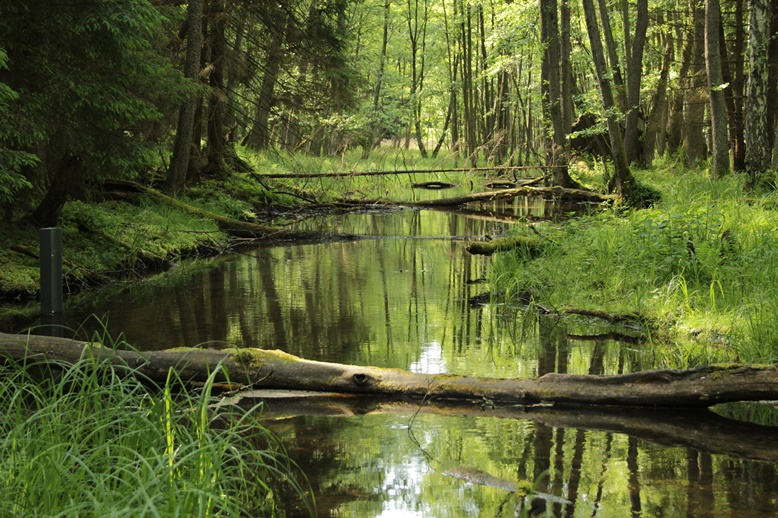The United States Department of Agriculture (USDA) has spent more than $4.2 billion on wetland restoration and protection over the last two decades.
One challenge in allocating these funds is the lack of information on variations in wetland benefits and costs across the Nation.
This report discusses the biophysical impacts of new wetlands for eight benefit categories: duck hunting, carbon sequestration, flood protection, nitrogen removal, species protection, open space, sediment removal, and groundwater recharge, as well as the value of these impacts for some categories.
In addition, it presents county-level estimates of the costs of restoring and preserving wetlands for some parts of the United States. Although the estimates range in precision and are not comprehensive, they call attention to some areas where the benefits of new wetlands are likely to exceed costs or perhaps may be insignificant.
For example, the benefits of restoring and preserving wetlands near the Missouri River in central North and South Dakota are likely to exceed costs. Findings underscore the need for additional information that may increase the number, accuracy, and spatial resolution of wetland benefit estimates.
Over the last several decades, concerns over the loss of wetland ecosystems have led to legislation restricting wetland conversion and promotion and funding of wetland restoration and conservation.
Consequently, USDA has spent more than $4.2 billion on wetland restoration and protection during the period. The environmental benefits of wetland conservation—cleaner water, increases in wildlife populations, and carbon sequestration—depend on climate, human influences, and landscape characteristics.
This study assesses how future wetland conservation funding might be targeted within States and regions and across the United States to maximize benefits relative to costs of restoring and preserving wetlands. Information on the sizes and spatial distributions of the benefits and costs of wetland protection can help public and private decision-makers understand the economic implications of efforts to reduce wetland losses, improve existing wetlands, and restore prior-existing wetlands through regulation and economic incentives.
About the Authors:
- LeRoy Hansen, Dan Hellerstein, Marc Ribaudo, and Jim Williamson are agricultural economists and David Nulph is a systems analyst with the USDA’s Economic Research Service (ERS).
- Charles Loesch is a wildlife biologist with the U.S. Fish and Wildlife Service.
- William Crumpton is an associate professor in the Department of Ecology, Evolution, and Organismal Biology at Iowa State University.
Photo credit: Adobe Stock Photos

